1. From “multimedia” to “multiplatform”; characteristics and challenges
The concept of “multi-platform journalism” is often confused with “multimedia journalism” or “integrated journalism”. In the early stages of digitalization, news organizations focused mainly on converting content from print to digital versions on the web, then adding images, videos and interactive graphics to increase appeal. At this stage, the multimedia journalism model was central. However, in the 2010s, the popularity of mobile devices, social networks and personalization technology posed new requirements in terms of organizational structure and journalism operations. From here, the “multi-platform journalism” model was born, requiring newspapers to not only produce multiple content formats but also distribute them optimally on many different platforms such as websites, mobile applications, YouTube, TikTok, podcasts and social networks.
According to Pavlik and Bridges (2013), although their study focused on augmented reality technology in journalism, it can be broadly understood that multiplatform journalism includes the production of content in multiple forms and distribution through different digital channels to increase reach and engagement with target audiences. (1) . This view is also discussed by Deuze (2008) who emphasizes that “multiplatformism is not just a technological addition but a cultural paradigm shift in the way news organizations organize themselves, collaborate, and produce news” (2) . Thus, redefining multiplatform journalism needs to go beyond the technical to include structural and strategic organizational changes.
 |
| Illustration photo. Source: vneconomy.vn |
Multi-platform journalism has three core characteristics: First, modern multi-platform journalism is no longer focused on a single platform but is moving towards building a “distributed content architecture”. In this model, each platform acts as a strategic touchpoint with the public, requiring content to be formatted and adjusted to suit the user characteristics and distribution algorithms of each platform. For example, while articles on websites need to be long and in-depth, content on TikTok requires brevity, vivid images, and high entertainment. The New York Times now has a dedicated team to produce short videos for TikTok Instagram Reels and YouTube Shorts, in addition to maintaining in-depth content on its web and paid apps.
Second, multi-platform journalism requires an integrated and flexible content production model. Unlike the traditional linear model (reporters write, editors review, and editorial staff publish), modern newsrooms such as the BBC or the Washington Post have moved to an “integrated newsroom” model, where all departments – from production, editing, data analysis to social media – collaborate in real time to produce and distribute content across multiple platforms. Each piece of journalism is considered a “module” of content that can be restructured, expanded, or chopped up to suit the needs of each platform (3) .
Third, data plays a central role in multi-platform journalism. Not only is it a tool to understand readers, data has also become a factor in guiding content production, optimizing headlines, posting times, and even personalizing content for each user group. Modern journalism is shifting from “one to many” to “one-to-one journalism” - meaning each user has access to content that suits their habits and behaviors. In Vietnam, newsrooms such as VnExpress, Tuoi Tre, and VietnamPlus have also applied content recommendation algorithms to personalize the reading experience on mobile platforms.
However, the shift to a multi-platform model is not without its challenges. One of the major issues is audience fragmentation, which makes it harder to build reader loyalty. When users access information through TikTok, Facebook, or third-party platforms, they are less likely to return to the news organization’s original website or app. This leads to an increased reliance on algorithms, which weakens traditional journalism brands (4) .
In addition, organizational governance issues also pose a lot of pressure. The integrated newsroom model requires interdisciplinary coordination between journalism, technology, data and marketing. In Vietnam, not many press agencies have enough resources to recruit positions such as data engineers, UX/UI experts, short video editors, etc. This causes the digital transformation process to often stop at the form, lacking structural depth. At the same time, issues of journalistic ethics in the digital environment such as clickbait headlines, half-true, half-false content or following trivial tastes, are posing a big challenge to maintaining public trust (5) .
2. Three characteristic models of new multi-platform journalism
One of the signs of the maturity of multi-platform journalism in the modern media context is the formation and widespread deployment of new newsroom models, suitable for the requirements of cross-platform content production, while optimizing operational processes towards dataization, interaction and automation. Three prominent models deployed in many developed countries include: integrated newsroom, content hub and mobile-first newsroom.
An integrated newsroom is a model for reorganizing the entire newsroom structure, breaking down the separation between print, online, radio, television and social media departments, in order to create a unified content production process for multiple platforms. Integration occurs not only at the human and organizational level, but also at the level of tools, data systems and operating criteria. The Guardian (UK) is a typical example. Since 2008, this newsroom has carried out a strong reform by bringing all personnel from different departments into a common workspace, redesigning the content production flow so that each product can be re-edited and distributed flexibly on multiple platforms, depending on the needs of each reader group. This allows the newsroom to optimize human resources, shorten information processing time and improve coordination between functional groups such as content production, social media, technology and data analysis (6) .
Going further in terms of strategy, some press agencies such as BBC News, Reuters or Al Jazeera have deployed the content hub model, understood as an integrated content production center in a modular direction, where all information, data, documents, videos, sounds and images are organized according to common standards, centrally stored and have the ability to be flexibly reused. Each production unit in the system can access, edit or coordinate to create new press products suitable for each platform without having to start from scratch. This is an approach that helps save costs, reduce content duplication and improve consistency in press information. According to Newman's research (2021), modern content hubs also integrate a real-time data analysis system, helping journalists identify trends, reader reactions and adjust content quickly (7) .
Meanwhile, mobile-first newsrooms are becoming the standard in many international news organizations, as the majority of the public now accesses news via smartphones. This model is characterized by the design and production of press content that is optimized for mobile platforms from the beginning, instead of producing long content for the web or print and then “cutting” it to put on phones. Press products following the mobile-first model often have a concise structure, clear headlines, vivid presentation with photos, videos and interactive elements suitable for touch operations. Quartz (USA) is one of the pioneering press agencies with a conversational-oriented press application, allowing readers to “chat” to receive news, ask questions and suggest topics for the newsroom. Similarly, Nikkei Asian Review (Japan) has drastically reformed its interface and content to serve mobile users primarily, thereby significantly expanding its readership in the East Asian region.
In Vietnam, elements of the above models are also gradually appearing, albeit on a smaller scale. VTV Digital has built a centralized content management system (CMS) and divided the production team into streams: news, entertainment, short videos, social networks... with a flexible process, aiming for multi-format products. VnExpress has a separate editorial team for the mobile version, investing in the production of podcasts, short videos and stories. However, the comprehensive implementation of models such as content hubs or integrated newsrooms still faces barriers in terms of resources, change management capacity and digital human resources.
3. Multi-platform journalism and its mission in the era of national growth
At the global level, many major news organizations have reshaped their organizational structures and content strategies to adapt to the multi-platform environment. The BBC has been building a “Digital First” strategy since 2016, and has restructured departments to form flexible production teams according to content and platform (8) . The Guardian has implemented an “audience-focused newsroom” model, putting the public at the center of all production activities and adjusting content strategies according to each audience segment. The Washington Post - under the leadership of Jeff Bezos - has invested in Arc Publishing technology to integrate multi-platform publishing processes with a single operation.
In Vietnam, although starting later, many press agencies have made significant changes. Tuoi Tre Newspaper, VietnamPlus and VTV Digital are typical examples of developing digital content platforms in parallel with traditional press activities. Tuoi Tre creates short video reportage series on YouTube and TikTok to reach young readers, while maintaining in-depth news reports on print and web newspapers. VietnamPlus (Vietnam News Agency) has deployed a multi-platform CMS system, allowing simultaneous production of news reports in multiple languages, distributed on applications, social networks and OTT platforms. VTV Digital with the brand name VTV24 has become one of the pioneering television news channels in producing interactive content, entertaining news information.
Vietnam is currently entering a new stage of development, identified as the era of "strong growth" with the aspiration to become a developed, high-income country by 2045. That aspiration is not only an economic goal, but also a comprehensive transformation of Vietnamese institutions, technology, culture and people in the context of a volatile world. In Resolution No. 57-NQ/TW dated December 22, 2024 of the Politburo on breakthroughs in science, technology, innovation and national digital transformation, press and media are identified as one of the core areas that need strong transformation to accompany and lead society into the digital age. In that context, multi-platform journalism is not only a technical choice, but also a direct expression of a strategic vision: turning journalism into a tool to create public space, encourage innovation, and promote social cohesion in a new era of national development.
First of all, multi-platform journalism plays a key role in spreading the idea of innovation, national spirit, self-reliance and development aspirations - the spiritual pillars for the era of rising up. With the ability to appear simultaneously on many media channels - from print newspapers, online newspapers to social networks, short videos and podcasts - multi-platform journalism allows the country's strategic messages to reach all classes of people, especially the youth - the force that determines the future of the nation. Series of articles such as "Vietnam's Aspiration", "Make in Vietnam", "National Digital Transformation" on the platforms of the Government Electronic Newspaper, VietnamPlus, VTV Digital, Tuoi Tre Online... show that multi-platform journalism is contributing to the formation of a media ecosystem that promotes positive values, arousing the spirit of civic responsibility in the cause of building and defending the Fatherland.
Second, multi-platform journalism helps shorten the information gap between the state and the people, between the central and local levels, and between social groups. In a society that is rapidly urbanizing and spatially fragmented in information access, journalism that only uses one platform (such as print or traditional television) cannot effectively cover the entire society. It is the multi-platform - with digital platforms such as mobile apps, social networks, OTT systems, news chatbots, etc. - that has helped public information, new policies, and national development management results spread faster and deeper. Thereby, journalism contributes to building a more transparent, consensual, and dynamic society - a necessary condition for a country moving towards modernization.
Third, multi-platform journalism is a means for Vietnam to “digitalize its identity”, proactively participating in the global public space with its own voice and image. In an era where cross-border communication and national identity are established not only through economics or politics but also through “soft power”, if mainstream journalism is not effectively present on global platforms, it will be overwhelmed by unofficial sources of information. The fact that Vietnamese press agencies such as VietnamPlus, VTV4, Nhan Dan TV, People's Army Newspaper, etc. are promoting the production of multi-lingual content and integrating multiple platforms to convey Vietnam's image to the world is an act of realizing the strategy of building a national brand through media. This is also an essential task to consolidate Vietnam's position in the global media structure - an important part of the era of rising up.
Finally, multi-platform journalism is a vivid demonstration of the transformation of management thinking in the Vietnamese press: from a subsidized state to a proactive - flexible - market mechanism within the framework of orientation. When switching to a multi-platform model, press agencies are forced to restructure their organizations, diversify revenue sources, develop media products according to user behavior and apply advanced technology. This model is consistent with the national development vision in the Resolution of the 13th National Party Congress, which identifies journalism and media as one of the fields that must pioneer innovation, contributing to improving the national capacity to adapt to global change.
Thus, the relationship between multi-platform journalism and the rising era of the Vietnamese nation is a reciprocal relationship. On the one hand, multi-platform journalism is an effective means to implement national development strategies in a widespread and effective manner. On the other hand, the new development context - with the requirement for innovation in thinking, technology and social models - is also creating conditions and pressure for the press to transform comprehensively. In that process, the state needs to create an open legal corridor, encouraging innovation in journalism; training institutions need to adjust their programs towards integrating multi-platform skills; and each journalist needs to be equipped with a comprehensive mindset about technology, data and digital ethics so as not to fall behind in the development flow of the nation.
------------------------
(1) Pavlik, J., & Bridges, F.: The emergence of augmented reality (AR) as a storytelling medium in journalism. Journalism & Communication Monographs, 2013, 15(1), 4-59. https://doi.org/10.1177/ 1522637912470819.
(2) Deuze, M.: The changing context of news work: Liquid journalism and monitorial citizenship. International Journal of Communication, 2008, 2, 848-865.
(3) Anderson, CW, Bell, E., & Shirky, C.: Post-industrial journalism: Adapting to the present. Columbia Journalism School, 2012.
(4) Napoli, PM: Audience evolution: New technologies and the transformation of media audiences. Columbia University Press, 2011
(5) Nguyen Hong Vinh: Vietnamese revolutionary press in the new era, Journal of Political Theory, 2021, 5, 24-30.
(6) Deuze, M: The changing context of news work: Liquid journalism and monitorial citizenship. International Journal of Communication, 2008, 2, 848-865.
(7) Newman, N.: Journalism, media, and technology trends and predictions 2021. Reuters Institute for the Study of Journalism, 2021.
(8) BBC: Annual Plan 2020/21. British Broadcasting Corporation, 2020.
Dr. PHAN VAN KIEN, University of Social Sciences and Humanities, Vietnam National University, Hanoi
* Readers are invited to visit the Forum section 100 years of journalism accompanying the nation to see related news and articles.
Source: https://baodaknong.vn/bao-chi-da-nen-tang-trong-boi-canh-truyen-thong-hien-dai-va-ky-nguyen-moi-cua-viet-nam-255247.html



![[Photo] National Assembly Chairman attends the Congress of Thanh Xuan Commune Party Committee (Can Tho) for the 2025-2030 term](https://vphoto.vietnam.vn/thumb/1200x675/vietnam/resource/IMAGE/2025/8/4/923dd3c552cc42d7be60e51cb6e945a1)



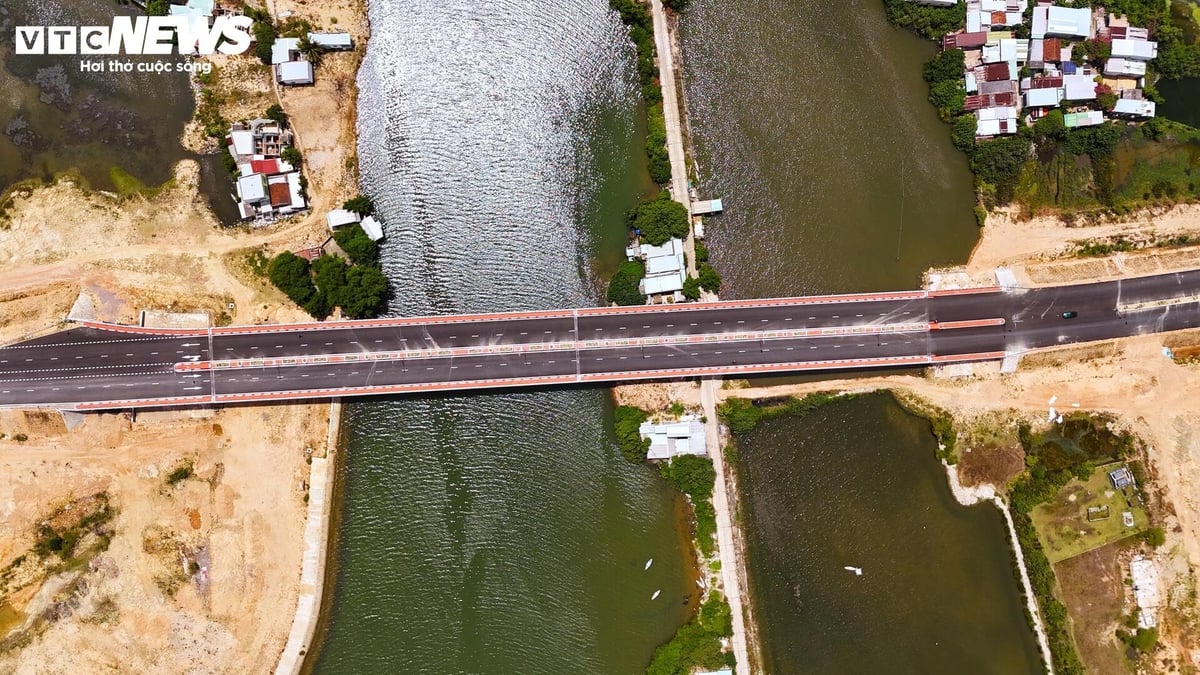





















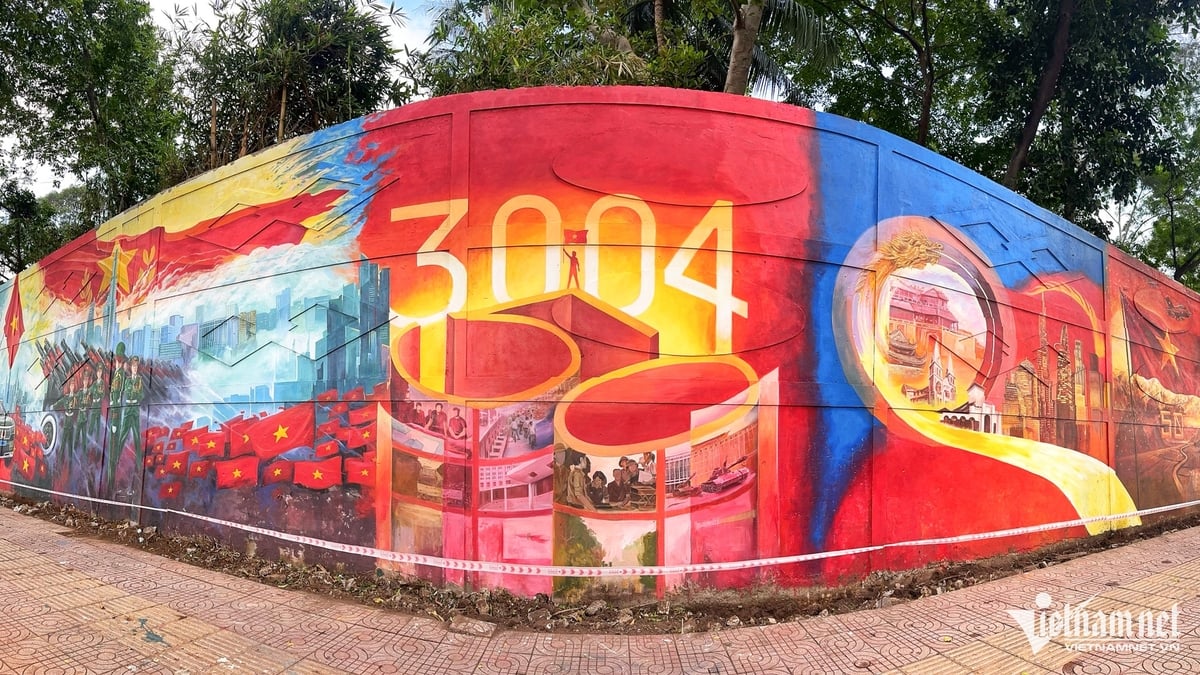








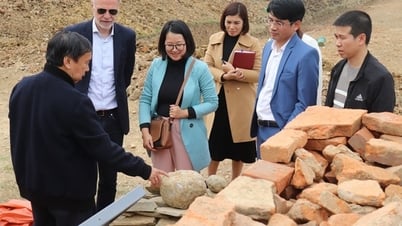






















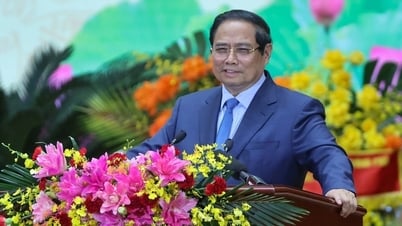
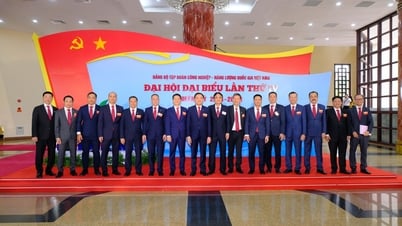




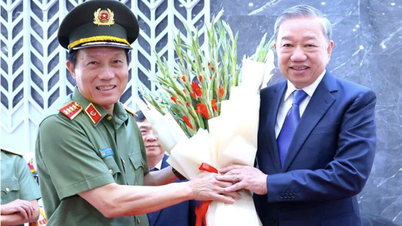
![[Infographic] Traditional friendship and good cooperation between Vietnam and Egypt](https://vphoto.vietnam.vn/thumb/402x226/vietnam/resource/IMAGE/2025/8/4/9a2112b4046e4c128fdcb5403489866a)






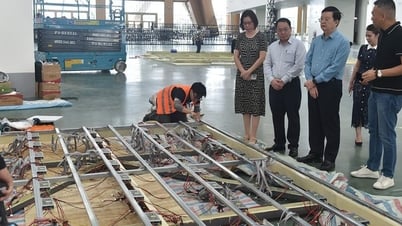

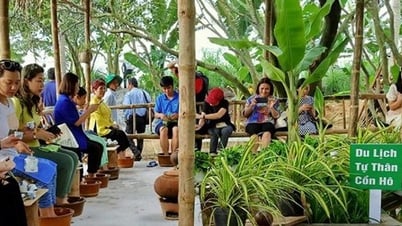





















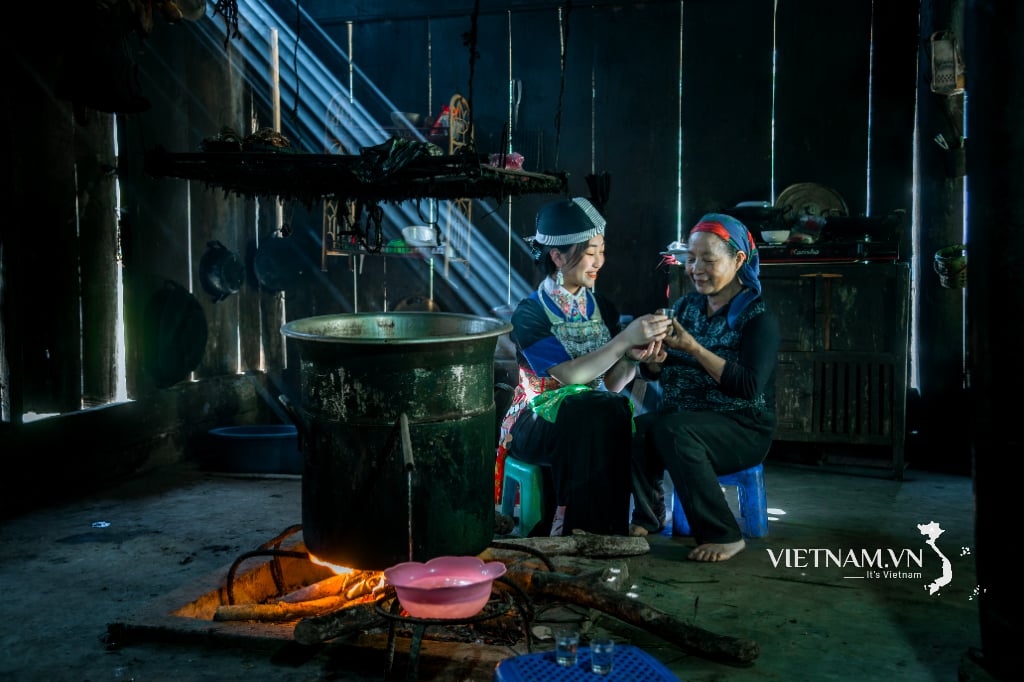


Comment (0)